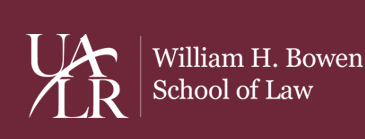
Document Type
Article
Abstract
This article sets forth the first comprehensive defense of mandatory curves. It begins with a case study of one law school. That institution lacked formal grade normalization policies during the period of the case study. As a result, the school suffered from dramatic grade disparities. This article contains a list and statistical analysis of the most significant disparities. The statistical analysis supports the conclusion that the grade disparities were caused by differences in teacher grading philosophy, and not by student merit or any other factor.
Next, this article presents several arguments in favor of mandatory curves. The most crucial is that grade variances that flow from differences in professor grading philosophy are grossly unfair to students. A second important defense of forced curves is that grade disparities distort the process of course selection, inducing students to register for classes based on the grading practices of the professor rather than on substantive concerns, such as topical importance, career relevancy, and skill development.
The article then responds to the eight most significant and common objections to mandatory curves. Several of these objections are deeply problematic, such as the contention that curves prevent professors from awarding students the grades they deserve. Others have some merit, such as the argument that mandatory curves encourage excessive competition among students. But the latter set of criticisms ultimately does not undercut the case for curves, principally because mandatory curves are the lesser evil. For example, the competition objection fails because the significant grade disparities that frequently result in the absence of a curve probably causes more competition than mandatory curves do. And even if forced curves do increase competition, the unfairness of grade disparities flowing from differences in professor grading philosophy is the more pressing concern. Finally, the article ends with a discussion of some issues regarding the structure and scope of mandatory curves, including the applicability of curves to smaller classes, seminars, and clinics.
Recommended Citation
Joshua M. Silverstein,
In Defense of Mandatory Curves,
34 U. Ark. Little Rock L. Rev. 253
(2012).
Available at: https://lawrepository.ualr.edu/lawreview/vol34/iss2/2
